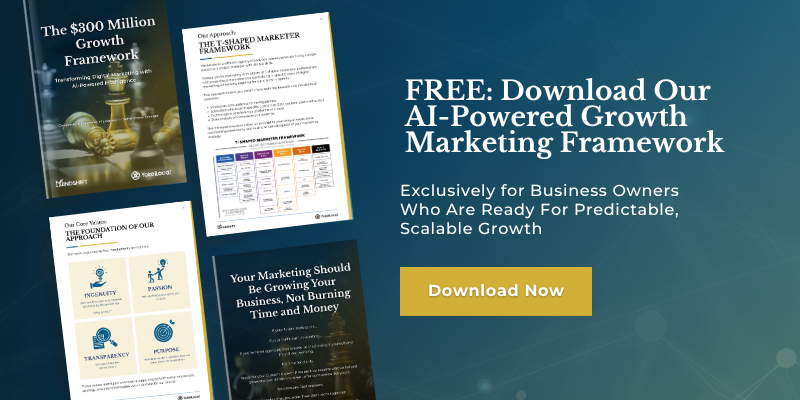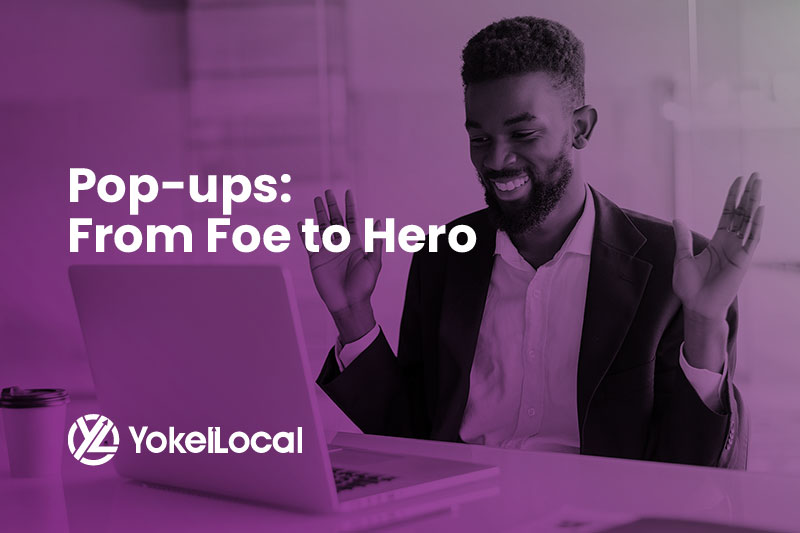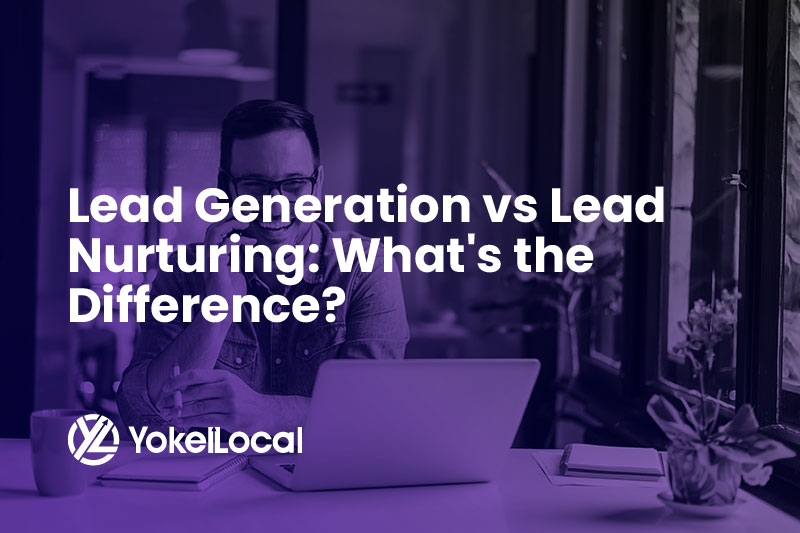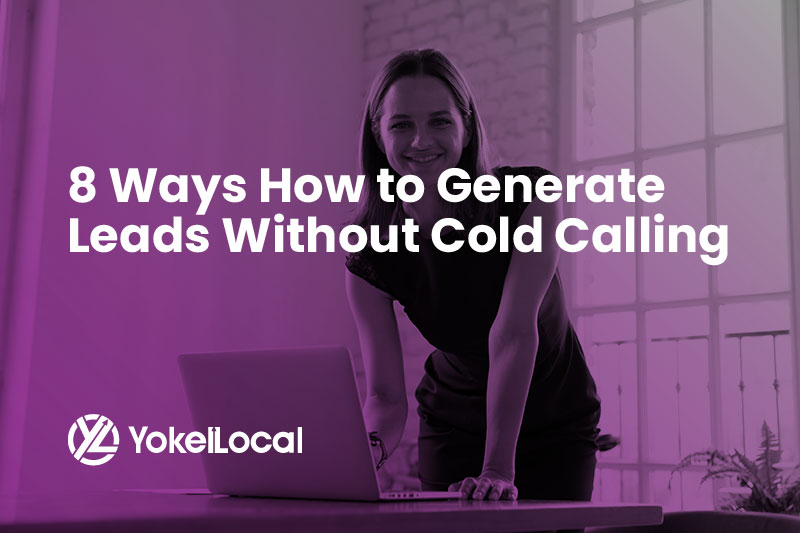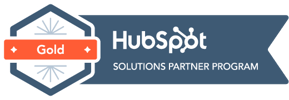When businesses hire us, they don’t care about how much traffic we're able to bring to their website. Instead, their top priority is getting quality leads, leads that they can turn into actual customers, as a result of our inbound marketing system.
For the company we’re highlighting in this case study, we were shocked by the continual results they received from tactics we deployed from our 6-step online marketing playbook.
Video Summary: Using Targeted Forms to Increase Your Web Leads
One of the biggest mistakes companies make on their website is just having only one form that says, “Contact Us.” Today's online buyers do not resonate with a general contact form, because “Contact us,” does not solve a pain.
To get high-quality leads for our client in the collision repair industry, we got into the psychology of their target buyer by understanding their pain.
By pinpointing what customers were looking for when they found the auto body repair shop online we were able build a revenue driving asset into their website, a “FREE Online Auto Body Repair Estimate" form.
The result?
Our client has gotten 1,682 web leads (and counting). This does not include telephone calls.
You see, by creating something that fulfilled the desires of our client’s customer, they were more inclined to fill out the form.
In addition to this, our client also managed to convert 2% of his leads. Now, don't let the percentage puzzle you. That's 2% quality leads. As we all know, getting leads online and turning them into customers is more so about the quality and not necessary the quantity.
For a full review of how we achieved such great results for our client, watch the video above.
To experience similar results from your online marketing efforts download a FREE copy of our inbound marketing playbook by visiting YokelLocal.com/Playbook.
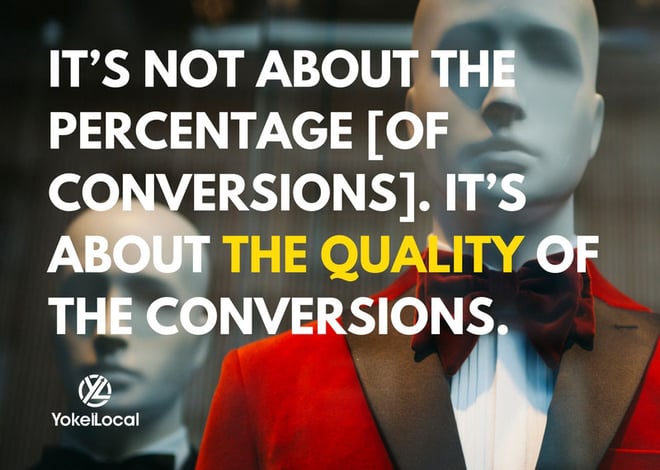
Full Transcript
Hey, everyone, this is Darrell Evans, co-founder of Yokel Local. I think today’s video, this case study results video, I think it’s going to be very insightful for many of you watching this because it’s really an odd case study, I think, for what you would traditionally think about in the world of online marketing.
We’re going to be talking today about the results from a company we’ve been working with now since 2011.
I’ve got it on the screen here; you can see when we started working with this particular client and really just give you a broader view of what we’re really trying to get you to understand about how to build an asset in your website, an asset that’s going to drive your revenue.
There’s so many of you out there that are just looking for a quick fix or a tactic that’s going to get you to the first page of Google or get you 1,000 fans on your Facebook page, or some unique key word that you can bid on in Google AdWords.
Well, in today’s case study, we’re going to talk about a company in an industry that just didn’t even seem, to us, to be this strong of an industry. Let me just say it this way: we are blown away by the continual results that we’ve been able to get for this client.
Just so you know, full disclosure, this client has made the Inc. 5000 Fastest-Growing Private Companies in America list for his category.
We have deployed many of the 6 steps in our playbook, which again, if you are new to these videos and you have not downloaded a copy of our 6-step playbook, which we give away for free, literally the macro outline of everything we’ve ever done to help a client get results—we give it away 100% for free at YokelLocal.com/Playbook. And in addition to that, we send out a 6-part, 6-day, one e-mail a day e-mail series, or e-course, that breaks down the 6 steps. Because inside of these 6 steps, and of course in this short video I don’t have time go through everything, but let’s talk today—we’re going to talk a little bit about a business in the auto collision industry.
So other industries that could parallel what I’m about to share with you would be anything in the auto industry, of course, anything in the auto mechanical, auto service space is going to fit well into this. Anything in what I would call emergency service world, things like air conditioning, plumbing, anything that where the customer’s sales journey—we always talk about the customer’s sales journey and how we’re going to A, identify a buyer, get them to the website, get them to convert a lead, how do we nurture them through the sales process, and then of course, how do we build long-term customer value and scale for growth. But if you’re an emergency service provider where people don’t take that long to journey through the decision, I think you’re going to pick up some good insight here. So we like to always get results.
As you can see, I’m in the back of an analytics account, this particular client’s analytics account. I do have his company name blocked out for obvious reasons. But I want to show you just really quick, as we break down this particular scenario and look at some of his data—just notice this is the channels report, just so if you’re not familiar with analytics, just so you know what this is—the channels report, and we’re going to see where all this business is coming from. I want to make sure you understand that online marketing is a holistic process.
So many business owners that are in local businesses particularly are looking to show in the 3 listings in the map, or they’re looking to be on the first page of Google in the organic listings, or they think, “Hey, if I just bid on a certain number of keywords, I’m going to just rake in the dough." Well, the balance of search doesn’t work that way, it’s not that simple.
So let’s go in here and let’s take a little bit of a peek at some of his traffic sources, and as we always like to discuss, we like to discuss the results.
So no one comes to us because they wake up in the middle of the night wondering how they can get 10,000 more visitors to their website. Not one business owner has ever asked us that. No matter what businesses do, whether you’re an emergency service, professional service, B2B, all you really want to do is service your customers and either sell more of your stuff, that’s all you’re really wanting to do. You really don’t even want to know what all the nuts and bolts are behind the 6 steps, which I think is why our 6-step document has been so popular, because it covers sort of the formula and it helps you understand the things that are necessary. So today, we’re going to cover a little bit about the buyer persona in this particular industry that we’ve learned, and then talk a little bit about how we learned to really convert leads at a high level.
So let’s talk a little bit about the type of results, number one. So you can see that this has opened up from 2012, all the way out to today, which is in January, late January 2017. So you can see that we’ve generated 1,692 leads.
Now I’m going to prove to you in just a moment that this has nothing to do with people who call on the telephone to his business. I’m going to repeat that: this has nothing to do with who calls on a telephone, to call his business. These are just web leads; these are just people who fill out form on his website. So we always assign a lead value, we have a discussion with our client, we look through the industry and say, “What is your average sale and how many leads have to come through the door before you make a sale?” and we come up with a simple math formula that defines that by average lead value, ALV. And you can see here that $725,000, over the last couple three years alone—and I can assure you he didn’t pay us $725,000. He paid us a fair change, but it was nowhere near that. He’s got a tremendous arbitrage here.
Let’s take a look at where the traffic is coming from: organic, direct, social—whoa, social. This one usually shocks people. Guys, listen, if you’re not playing in social, you’re missing the funnel.
The awareness consideration decision side of a sales funnel where someone becomes aware of a problem, considers a problem, and makes a decision—so many of you want to play at the bottom of the funnel. You want to play at the point of decision; that’s the wrong place to play. You want to play further up the funnel.
And in terms of social, social lives in what we call the pre-awareness stage. It’s above the awareness stage. So when you’re building a business, you’re not just in the transaction business-you’re in the brand building business. You’re in the top of mind awareness business. No one wakes up in the middle of the night, or on their weekend, their Saturday off, no one is going to the web looking for, “Let me see who the best auto mechanic is, or who the best doctor is, or who the best service provider is, if that thing happens.” No one is preparing for an emergency service before it actually happens.
So how do you become top of mind so that you have awareness, even before someone even wants to do business with you? So I’m not going to spend a lot of time talking about social here, but notice that social makes up for a fair number of leads over the last several years in his business. And again, keep in mind, these are all web leads; these are not the telephone.
So take a look here, you can see, obviously, organic is the lion’s share driver, which you would expect for a business like this. But let’s go ahead and go down here. I’m going to give you a sneak peek, really sneak peek here on how we broke down this buyer persona and understood what we were able to accomplish here. So I’m going to break the dates down here. It looks like our tracking is not showing—let’s go back to, what is that, 2014 sometime—let’s just look at 2015 until now. Call it basically a little bit over a year. It doesn’t really matter. We had tracking going on on a different platform and we were not able to successfully import that into analytics. But long story short, let’s take a peek, how do the leads come into the door? So 615 leads over this time period—we’re just looking at late 2015 until today, a little bit over a year—you can see the total lead value, the conversion rate.
Now, if you watch several of my other videos or any of my other videos, you’ll notice that on all of these types of companies, the conversion rate for every different industry is different.
We’ve had clients as high as 20 and 30% of every visitor would convert. We’ve got 2% on this particular example, but it’s not about a percentage. It’s about the quality of the conversions.
By the way, I just make sure that you notice this: when you see that Yelp is sort of the low number on the totem pole, just know that most of the people that convert from Yelp are calling the facility. So this is not to disparage Yelp—and a lot of people think that we don’t care a lot about Yelp—but we want to make sure that we track our Yelp conversions as well, but most of the people call from Yelp.
One of the big mistakes that I want to share with you in this video is that so many of you right now, you just have a contact form on your website, you just have a form that says “Contact Us,” and I’ll tell you about the buyer’s psychology.
It doesn’t matter really what industry you’re in, but your buyers are trying to solve a pain. If your buyers are trying to solve a pain, it’s so easy to create a form that addresses that pain. So if you get them to a place where they see something that speaks to their pain, they’re going to fill out that form easier and with more clarity of what’s going to happen after they fill out the form, than just what we call a general contact form.
Whenever we start marketing with clients, we usually find that a contact form is the only form that they’ve got on their website to convert a visitor into a lead, and we call that a bottom of the funnel lead, and it’s not even a great form. In fact, some of our clients, we try to hide the form, because it’s just not that great of a form.
But in this particular case, let’s think about the buyer’s psychology. And again, this works in auto, it works in home services, pool services.
But this particular type of conversion that we created is indicative of the desire for their customer to get what they want. So let’s think about it, anything in the auto service—I’m just going to kind of wrap this up by speaking auto. If you have an accident in your car and your car is not drivable, if your car is disabled and you’re stuck on the side of the road, you don’t really want to have to go through the rigmarole to get the car towed, and do all this other stuff, and you don’t necessarily know where you’re going to go, and you don’t know how the insurance is going to handle it, and blah, blah, blah. So what we do is understand the pain, going through the psychology of the buyer’s mind, and we reverse engineered that pain to say, “What’s happening earlier in the thought process before they choose a provider to fix their car." And all we did, we engineered a process called an online estimator. It’s really simple. Sounds crazy.
Now, we’ve got some specifics to our form, and I’m not going to show you those in this particular video, because that would obviously give away his conversion strategy, but the point of it is, this psychology ties directly into where they’re at, at their point of pain. And if we can solve them at their point of pain and make it a stress-free process, then that’s why you can see the conversions hit this high of a level. And this is over the last calendar year.
And again, keep in mind, this has nothing to do with who calls on the phone. What we know about this particular buyer, what we know about this particular conversion process, what we know that has helped this business grow, is that he converts about 4 out of 5 of these leads. That’s the data that he shares.
So as we wrap up this video, I just wanted to share with you sort of this mindset of buyer persona identification. So many of you skip trying to figure out your customer. You just want to race to the first page of Google, you just want to bid on the best keywords on your AdWords campaign, and many of you are just discounting social. You would probably not understand how social fits into an auto collision type business, and again, I’ll share with you that your buyer is there. There’s not one looking because they haven’t had a car accident yet.
The bottom line is whatever you’re servicing, whether they have a need today or not, your job is to get in front of them, get awareness, and build brand. I can assure you what we’re not doing on social for this particular client is we’re not asking them to come in and get an estimate for their car. We’re not doing that on social. That’s not what you should be doing on social at all anyway. So, anyway, let me wrap this video up.
I just shared a little bit of information about our 6 steps. We always encourage you to download a copy, plus get the 6-part e-mail course that’s free, 100% free, that dives a little bit more into the psychology, dives a little bit more into the techniques, dives a little bit more into the methodology, and you can get that for free at YokelLocal.com/Playbook and we’ll talk to you again on another case study and results-based video. And if you have any questions, please feel free to reach out.
Hope this video finds you well and we’ll talk to you again real soon. Bye-bye.



